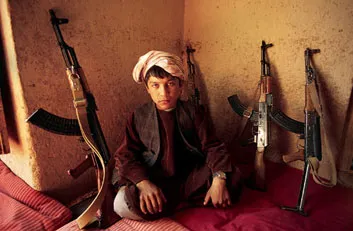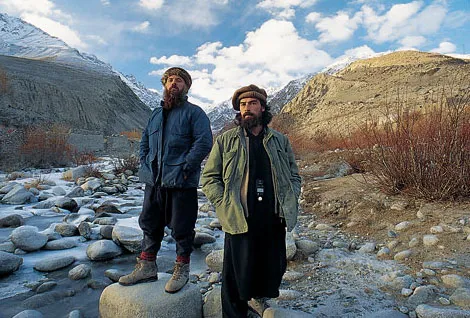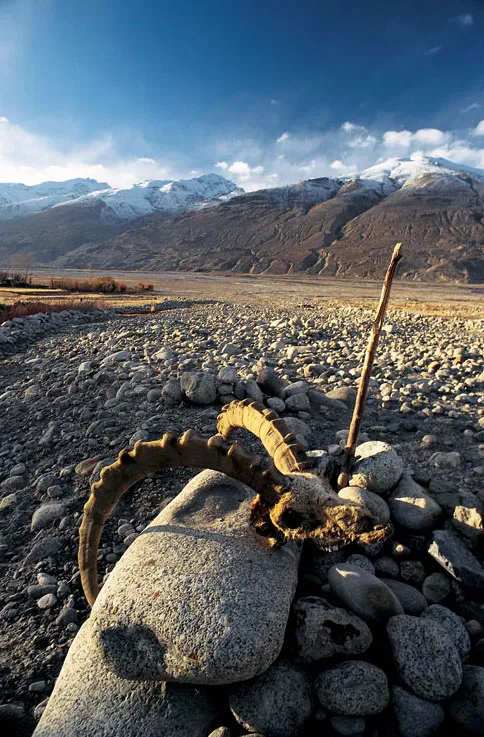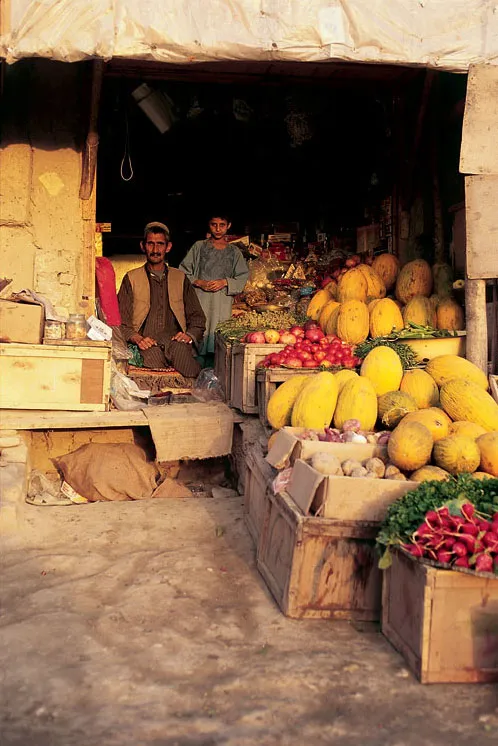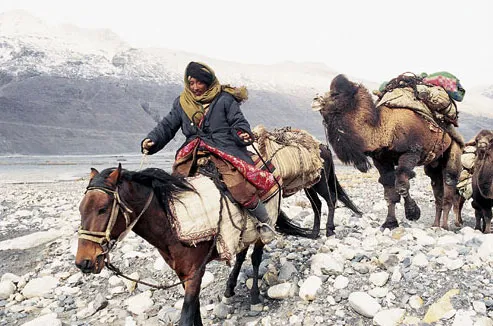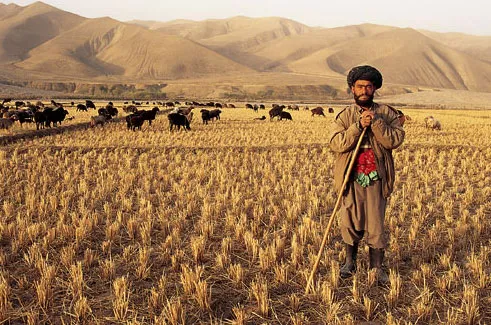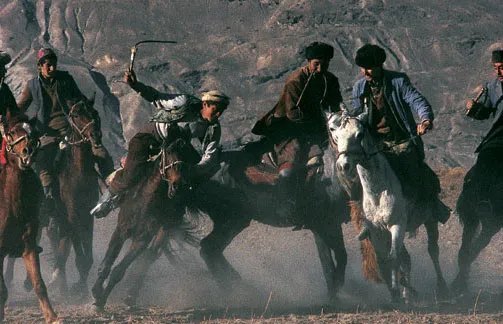Marco Polo’s Guide to Afghanistan
Two Americans retrace the steps of the 13th-century Italian merchant through a harsh land of tough, hospitable people
"Of the countries we traveled through," says photographer Denis Belliveau, "Afghanistan most resembled the account by Marco Polo," the 13th-century Venetian merchant whose journal still fascinates readers today.
During the window of time in the 1990s after Soviet troops left Afghanistan and before the Taliban took control, Belliveau and fellow explorer Francis O’Donnell followed Polo’s route through Afghanistan and 20 other countries, traveling 33,000 miles over two years in jeeps, trains and rickshas, and on horse and camel. They are almost certainly the first to approximate Polo’s steps through Eurasia entirely by land and sea, without resorting to helicopters or airplanes.
Easy targets in a region long bedeviled by war and violence, Belliveau and O’Donnell donned traditional shalwar-kameez (long shirts and baggy pants), Pakol hats, and woolen vests. They carried AK-47s and grew beards long and full, mastered Islamic greetings and memorized passages of the Koran. They even took to urinating while squatting—in the manner, they were told, of the prophet Muhammad—to hide their Western identities. So convincing were their attire and attitude that members of one ethnic group mistook them for members of another and they nearly got shot.
When Polo, his father Niccolò and uncle Maffeo returned to Venice in 1295 after a 24-year sojourn, their relatives, failing to recognize them, barred them entrance to their own home. Coarse clothes hung from their lean frames; their bearded faces were bronzed and hardened. Legend has it that the trio persuaded their kin of their true identities only by slicing open the seams of their ragged garments, from which dropped rubies, sapphires, diamonds, emeralds and pearls.
It was not jewels, though, but Polo’s travelogue that proved to be the real treasure of his remarkable trek. Description of the World (a.k.a. The Travels of Marco Polo) tantalized the West with the first recorded glimpse of the deserts of Persia and the mysteries of the Hindu Kush, China and the Himalayas. So powerful were these images that they inspired Columbus to set sail on his fateful journey.
If topography and traditional customs have changed little, the political geography is certainly different from Polo’s day. Seven centuries ago, the vast empire of Kublai Khan spread across Eurasia. Polo traveled through it largely unscathed by carrying paiza, inscribed golden tablets, describing him as a guest of the emperor. Our latter-day explorers traveled with letters placing them under the protection of commanders of some of the factions that now make up the Northern Alliance.
O’Donnell and Belliveau hope that recent events in Afghanistan will ultimately lead to a comprehensive peace. Then perhaps others will be able to see the country that they—and Marco Polo—found so memorable.
